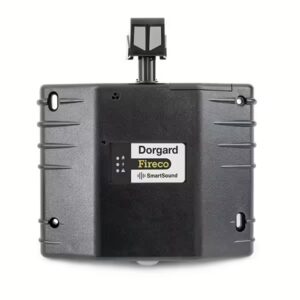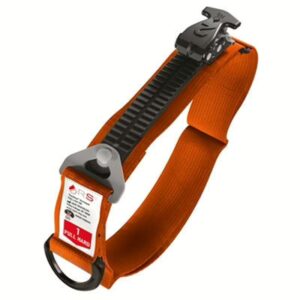FREQUENTLY ASKED QUESTIONS
Defibrillators (also known as AEDs – Automatic External Defibrillators) are medical devices that help and support a patient in cardiac arrest. It analyses a person’s heart rhythm and can recognise irregular heart rhythms such as Sudden Cardiac Arrest. AEDs are designed to be used by anyone who arrives first on the scene of a medical emergency, even those with minimal first aid or no defibrillator training. AEDs are often provided in public places and can be safely used by untrained bystanders whilst waiting for an ambulance. When a cardiac arrest has been recognised, the two adhesive pads must be attached to the patient’s bare chest. This will allow the device to monitor the heart’s electrical activity. An AED will not shock a patient unless they need it!
Today, defibrillators are designed to be simple to use for anyone, whether trained or not. Defibrillators are designed to talk the user through the whole process. Some AED’s will even feed back to the user if the chest compressions being delivered are too hard/soft or too fast/slow, so a device can offer a lay person more confidence to carry out basic life support than not using one at all.
If you witness someone who has collapsed possibly because of cardiac arrest, dial 999 to call the emergency medical services immediately. Follow the instructions given by the ambulance control centre who will provide instructions about steps to be taken and where your nearest device is.
Locate your nearest defibrillator quickly and easily across the UK with the Defib Finder.
The incidence of shockable rhythms requiring defibrillation in the paediatric population is very low but can occur. The priority must always be for high quality CPR and getting expert help. However, the AED can be deployed across all age groups. Standard (adult) pads may be used if pediatric pads are not available.
Some AEDs have a dual functioning switch that can be set to deliver a pediatric shock. If available, turn the switch on when using on children younger than eight years old. If the AED cannot deliver a pediatric shock, an adult shock should be given. It is important to remember an electric shock may be the treatment for a fatal heart rhythm.
Apply one pad on the upper right chest above the breast. For infants, apply on the front of the chest.
Apply the second pad on the lower left chest below the armpit. For infants, apply a second pad to the back.
Yes, this is safe. Most pacemakers and ICDs (implantable cardioverter defibrillators) are implanted in the upper left side of the chest. During CPR, chest compressions are done in the centre of the chest and should not affect a pacemaker or ICD that has been in place for a while.
No.
If a defibrillator is attached to a patient AND they are in sudden cardiac arrest, they are clinically classed as dead, and will feel nothing. This is when a defibrillator may work. If they have fainted, been knocked unconscious or are sleeping and the unit is switched on and the pads are applied, the unit will not deliver a shock.
Having a defibrillator on your premises is a relatively small investment that could one day save someone’s life, whether in a residential, community or workplace setting. The Health and Safety Executive (HSE) recommend that certain businesses have defibrillators, whilst others should perform a needs assessment to identify if they should have one. This assessment includes:
- consideration of how many people may be in, near, or passing through your workplace (as the likelihood of cardiac arrest increases with more people)
- the age of those people (as age is a risk factor for heart disease)
- the nature of the location (as remoteness may affect emergency service response times and the availability of alternatives).
Some businesses choose to have defibrillators on their premises regardless of a needs assessment, because they want to demonstrate their commitment to keeping their colleagues, customers and local community safe.
This is one of the most commonly mistaken pieces of information, very often perpetuated by the media.
A heart attack is when one of the coronary arteries becomes blocked. The heart muscle is robbed of its vital blood supply and, if left untreated, will begin to die because it is not getting enough oxygen. On experiencing a heart attack, casualties often are able to phone for help themselves if near a telephone/ mobile phone, and can explain their symptoms to a call-centre operator prior to receiving urgent medical help.
A cardiac arrest is when a person’s heart stops pumping blood around their body and they stop breathing normally. If you are in cardiac arrest you will be unconscious and need to receive CPR immediately.
In most cases, defibrillators do not require any form of user servicing. Our team will advise on what is required to ensure your unit is kept in perfect working condition.
This is a situation you do not want to be left in, as there’s absolutely nothing that can be done unless you have another battery to install, or another defibrillator to use. It’s a very simple process to check the condition of the unit daily or weekly, and someone should be tasked with checking the unit.

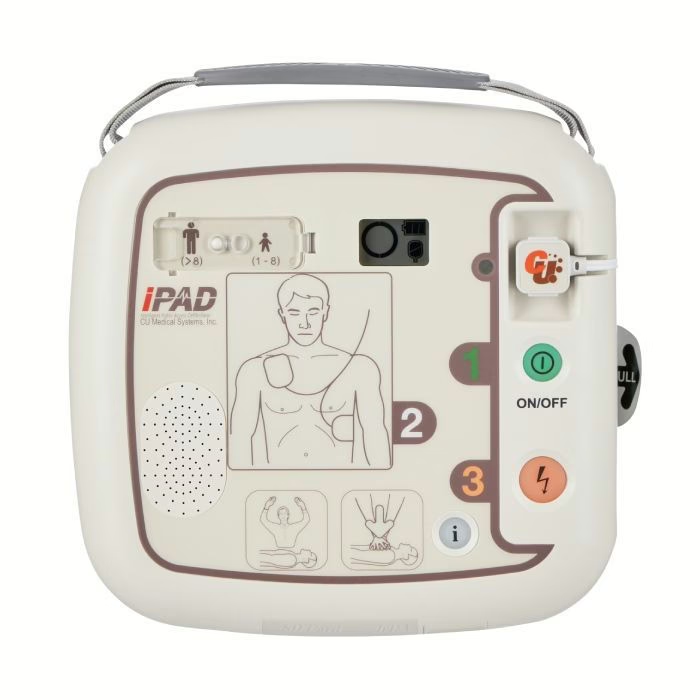

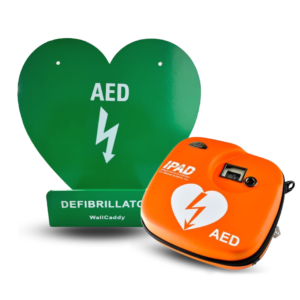
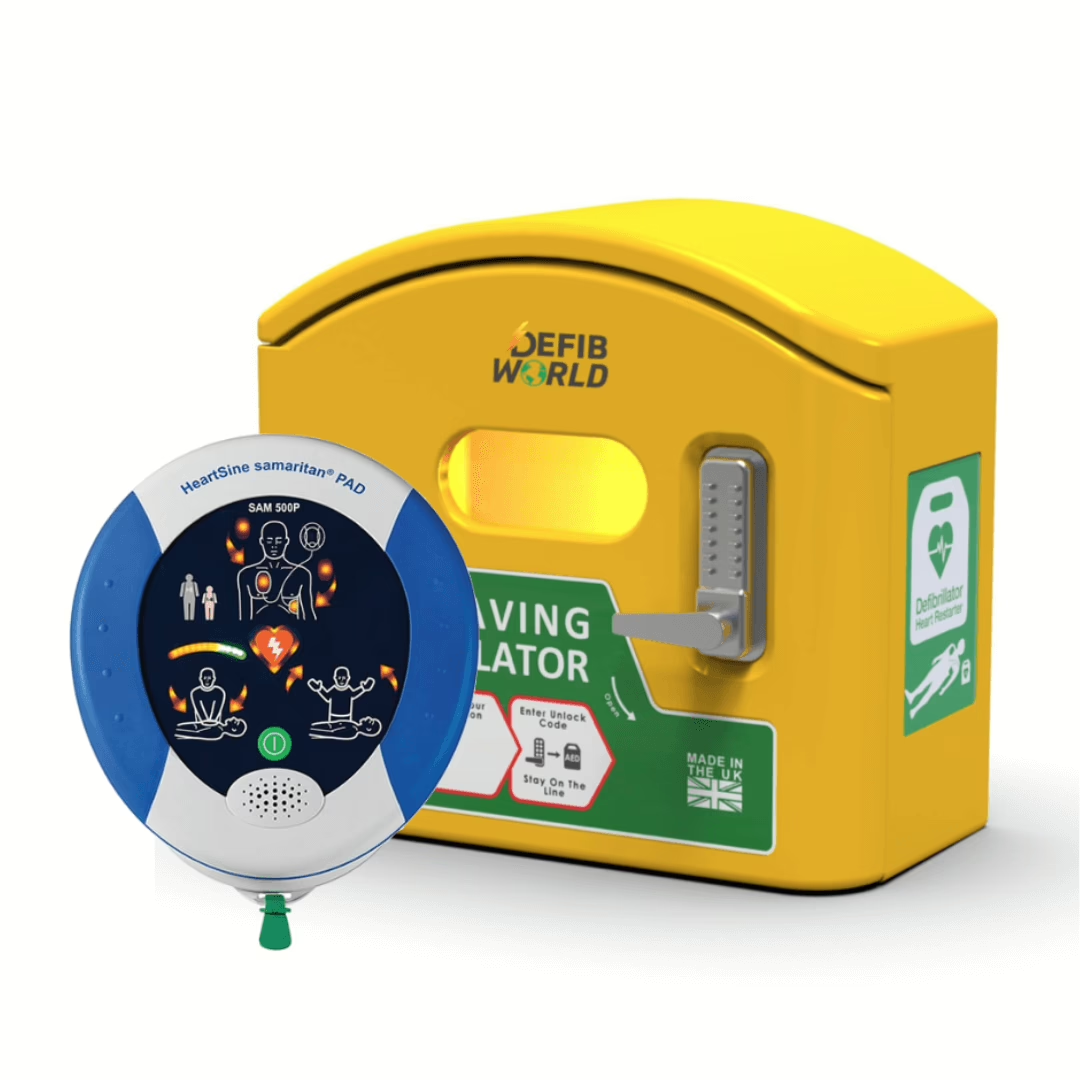
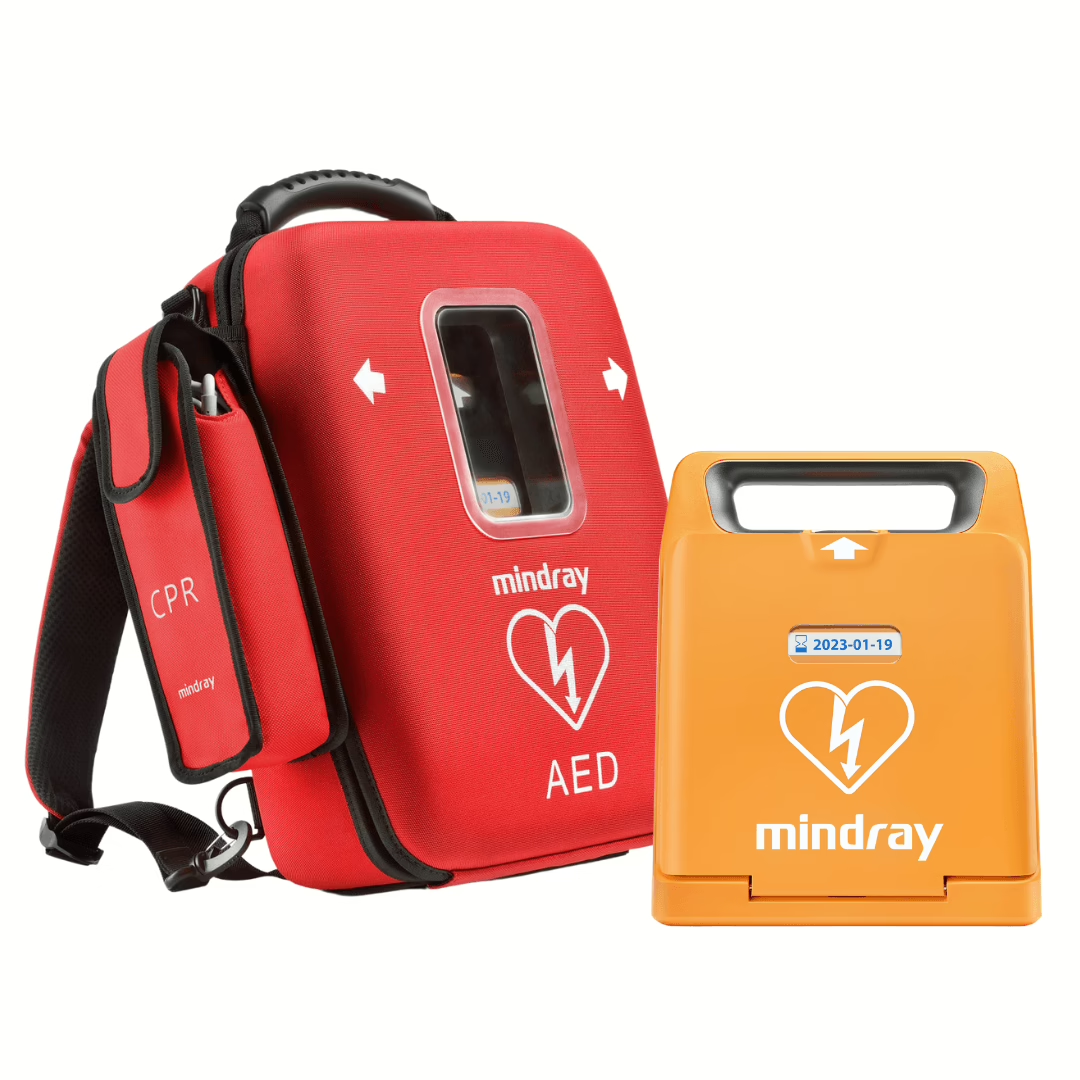

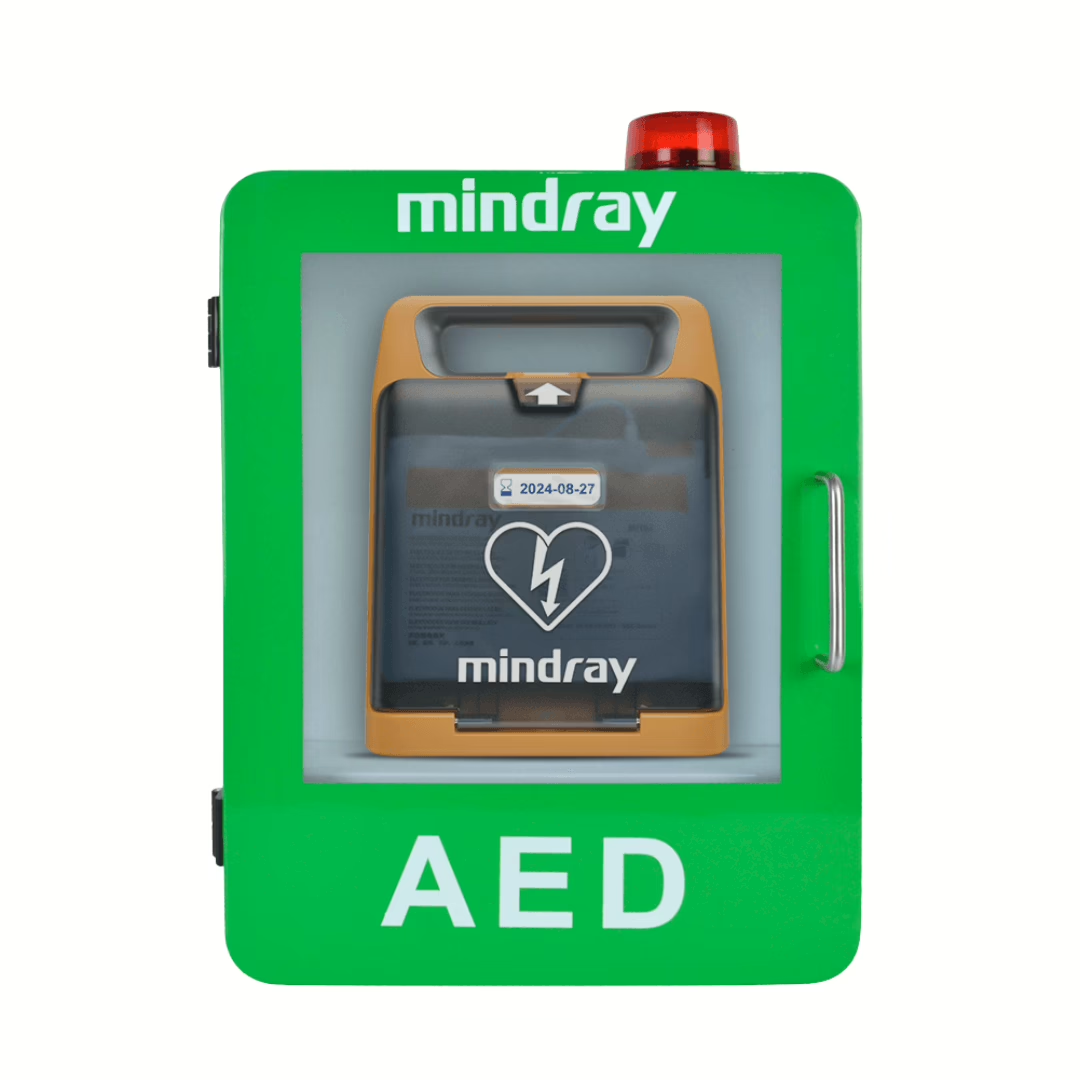
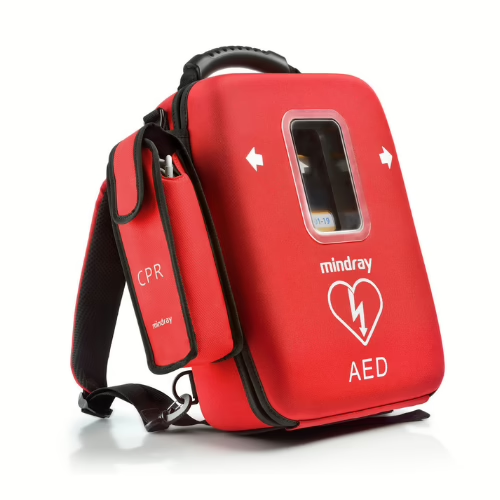
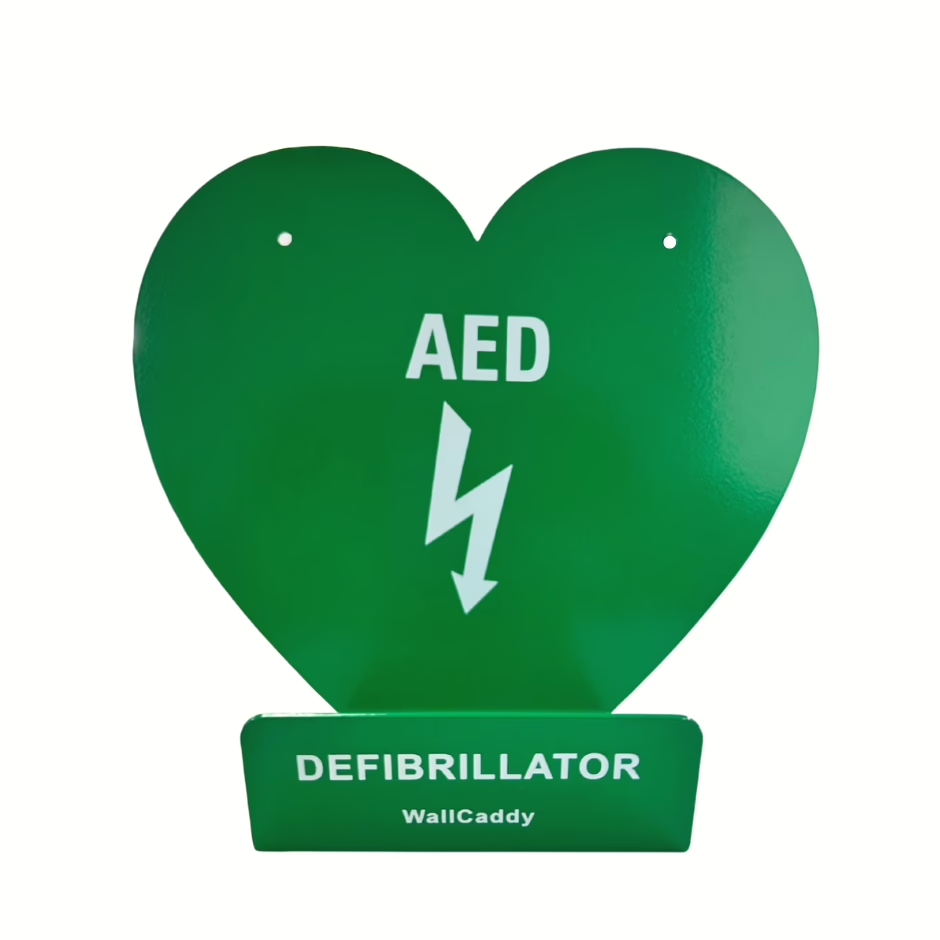
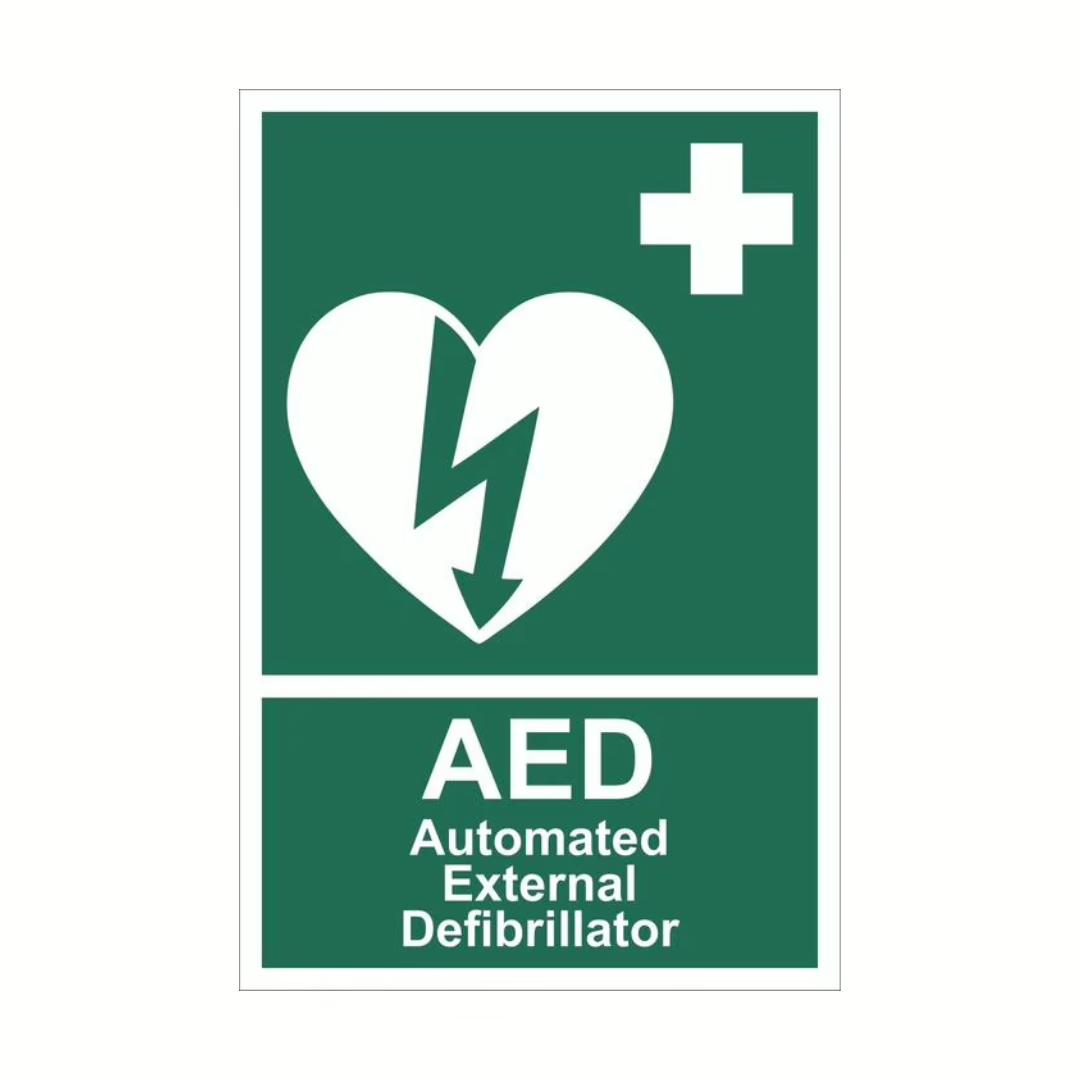

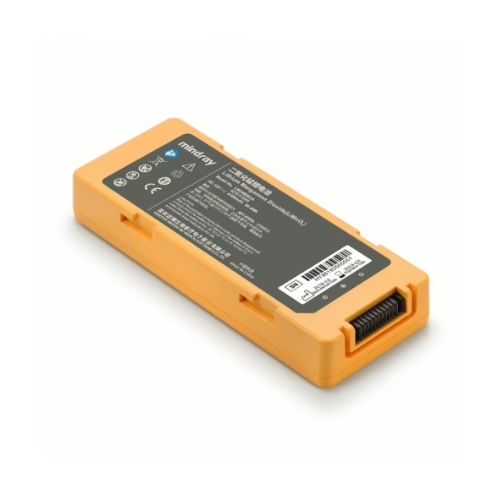
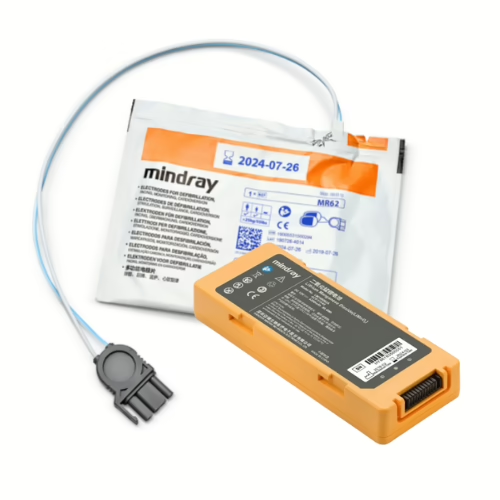
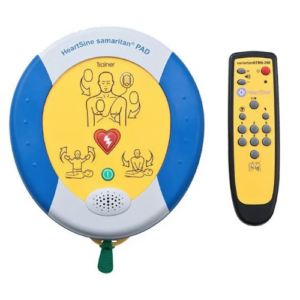

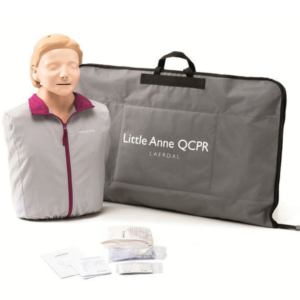
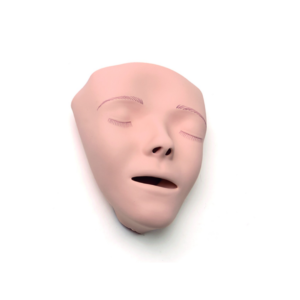
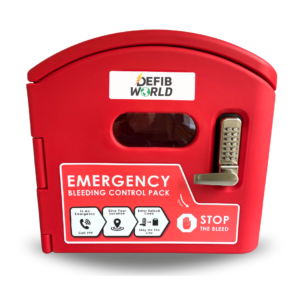
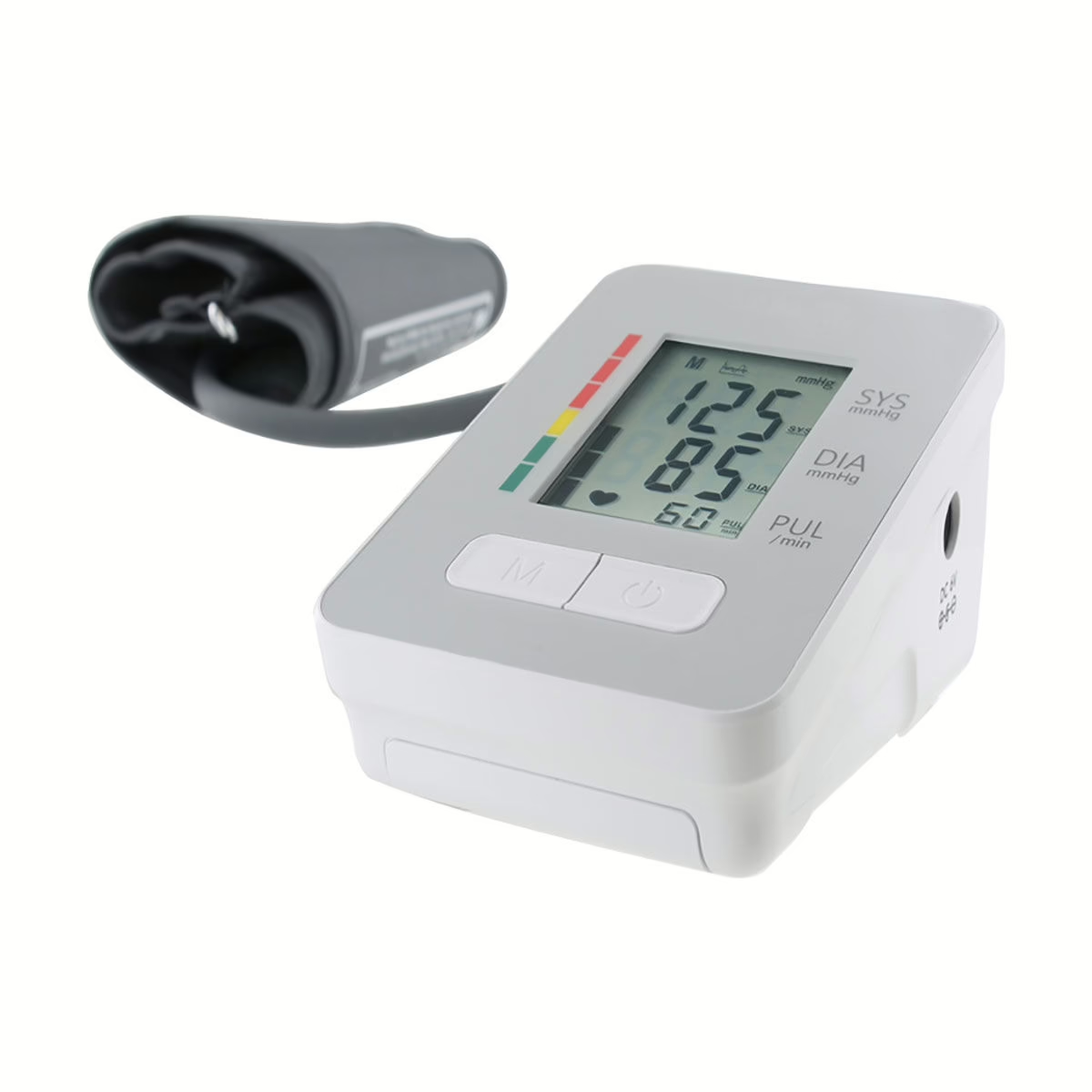
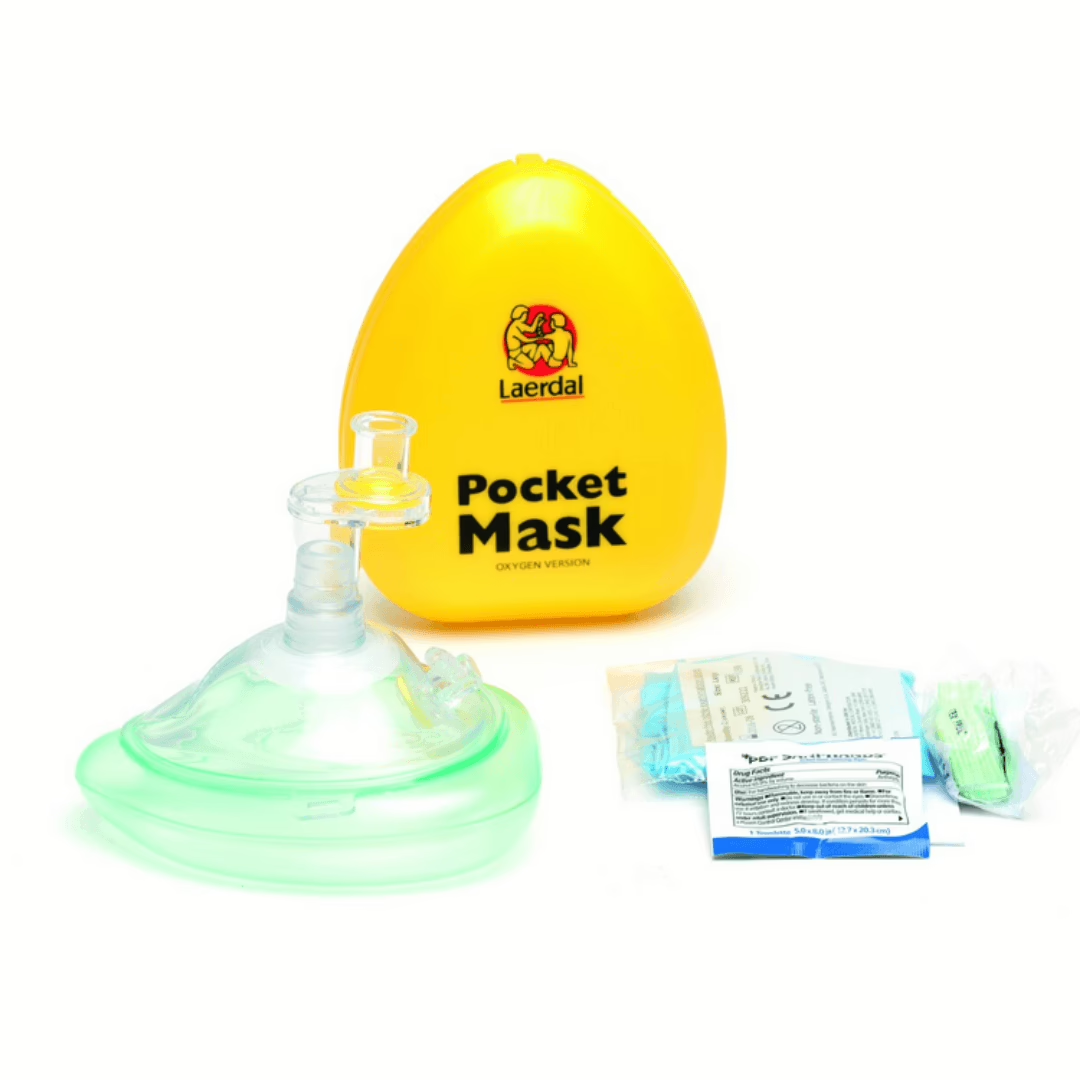

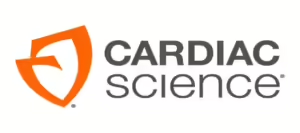
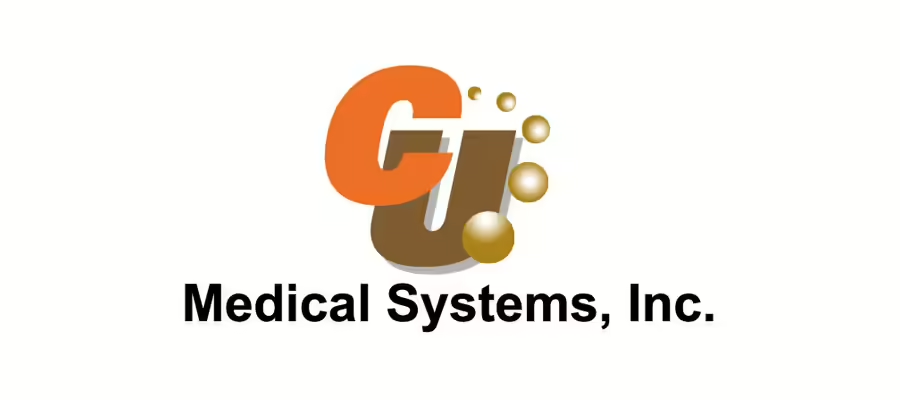
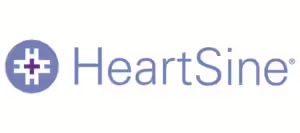





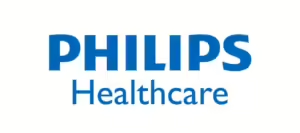
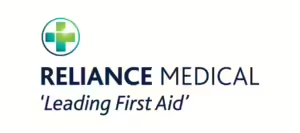



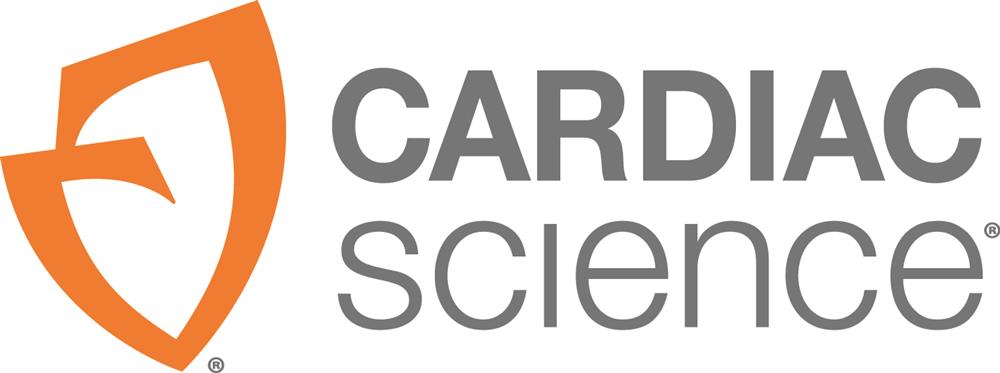
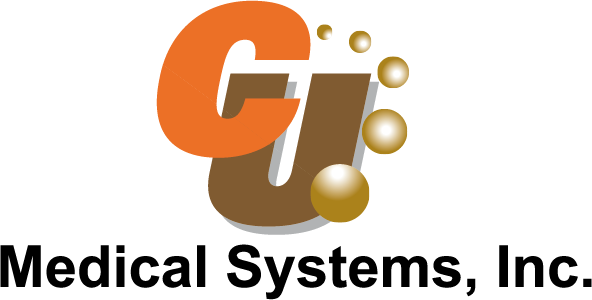
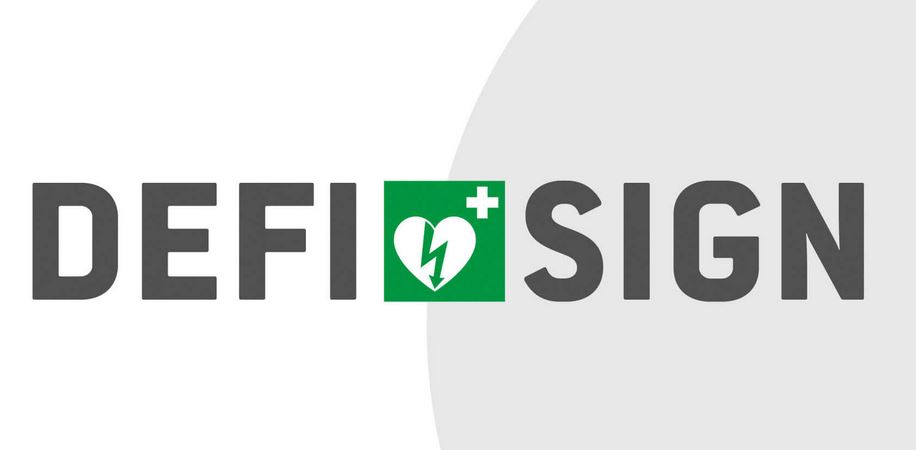



.svg.png)


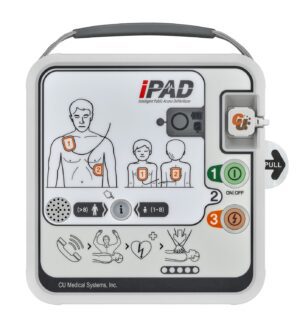
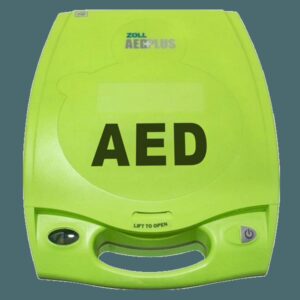



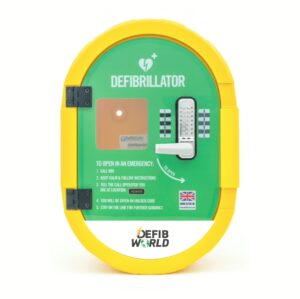

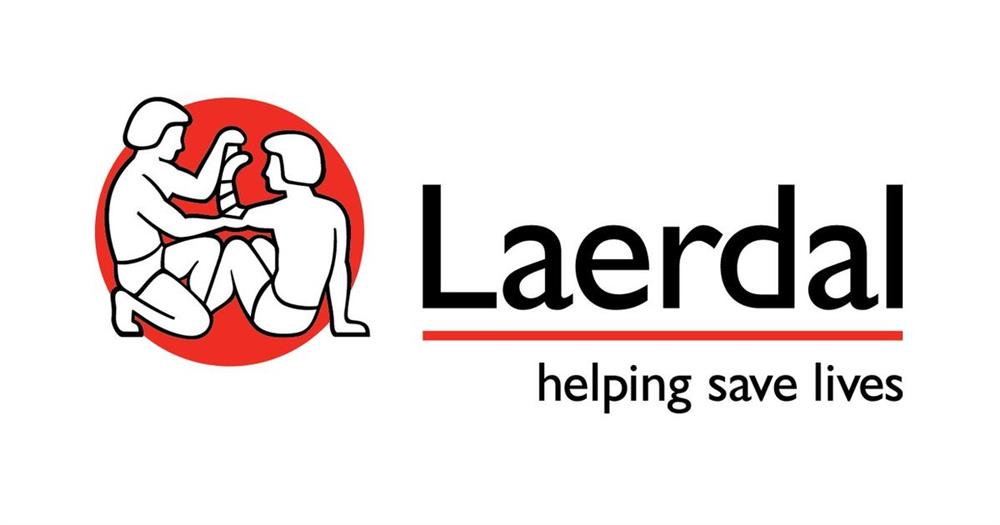
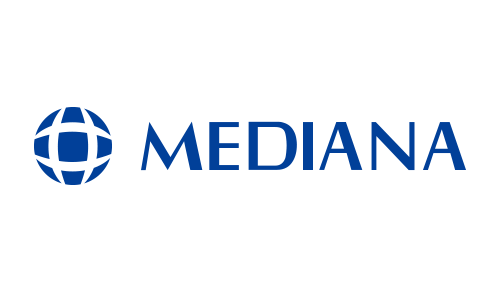
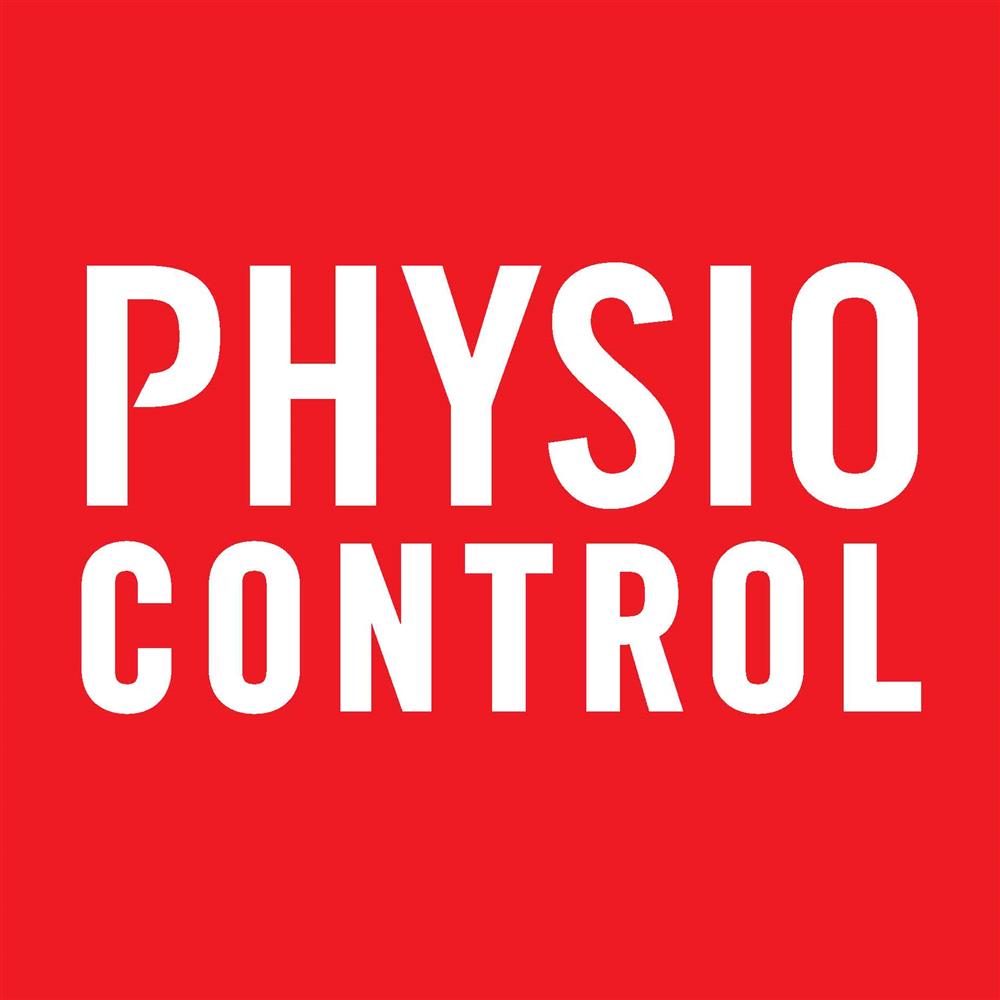
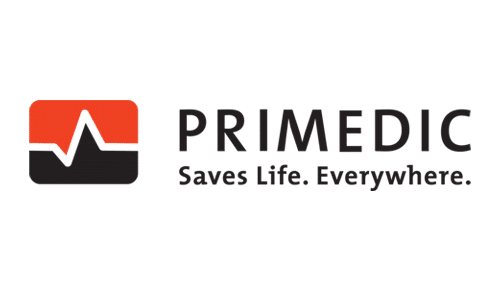


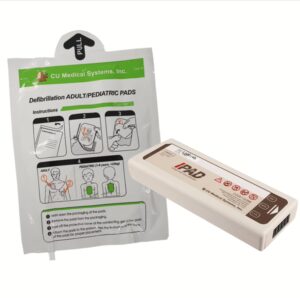
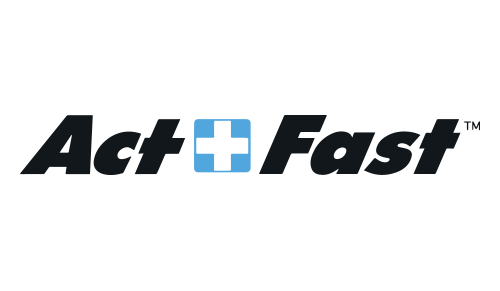

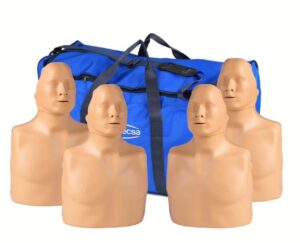
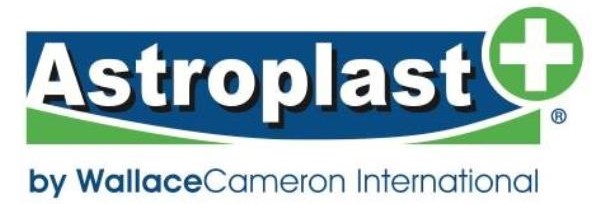



.jpg)
